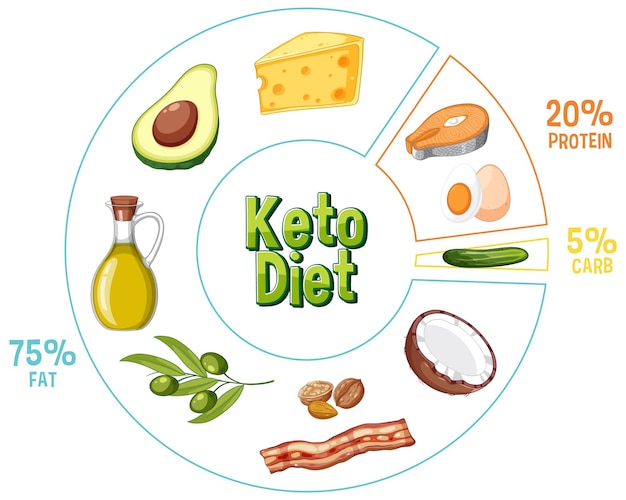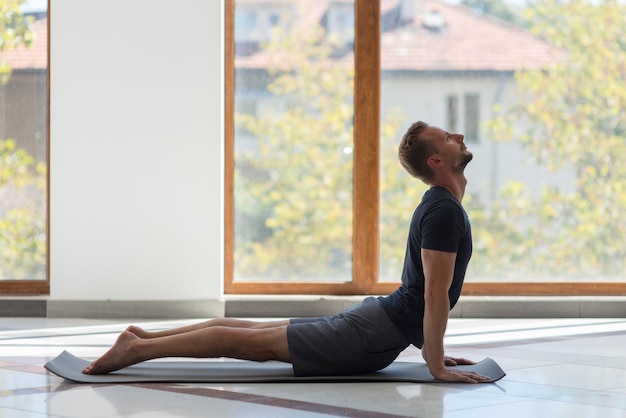Athletes and fitness enthusiasts alike are constantly searching for ways to optimize performance, speed up recovery, and maintain long-term health. One of the most effective tools in this pursuit is understanding and applying the right macro split—a strategic balance of macronutrients tailored to individual goals and activity levels. But it doesn’t stop there. Pairing nutrition with proper posture and movement mechanics amplifies results, reduces injury risk, and enhances athletic output.
A macro split refers to the distribution of your daily caloric intake across the three primary macronutrients: proteins, carbohydrates, and fats. Each plays a vital role:
A typical macro split might look like 40% carbs, 30% protein, and 30% fat—but optimal ratios vary based on sport, training volume, body composition goals, and metabolism.

While macro tracking can be powerful, misapplication carries risks:
Poor posture doesn’t just affect appearance—it compromises breathing, joint alignment, and force production. For athletes, this means reduced power, inefficient movement, and higher injury risk.
Stand sideways in front of a mirror or take a photo. Look for:

Reassess posture using photos or a trainer’s feedback. Track improvements in:
Optimal macro splits support the physical work of posture correction. Protein fuels muscle repair in weakened postural muscles, while healthy fats reduce inflammation in overused joints. Carbohydrates provide the energy needed for consistent corrective exercise routines.
Conversely, better posture improves digestion and nutrient absorption by aligning internal organs and reducing diaphragmatic restriction.
Mastering your macro split and correcting posture are not isolated goals—they’re interconnected pillars of peak sports performance. Start with small, measurable changes in both nutrition and movement. Track your progress, stay consistent, and let your body’s feedback guide your adjustments. Over time, these habits compound into stronger, more resilient, and higher-performing athletes.
Remember: Precision beats perfection. Focus on progress, not perfection, and build sustainable habits that support lifelong athletic success.

Fitness

Fitness

Fitness

Fitness

Fitness

Fitness

Wellness

Fitness

Wellness

Health

Wellness

Fitness

Health

Fitness

Health

Health